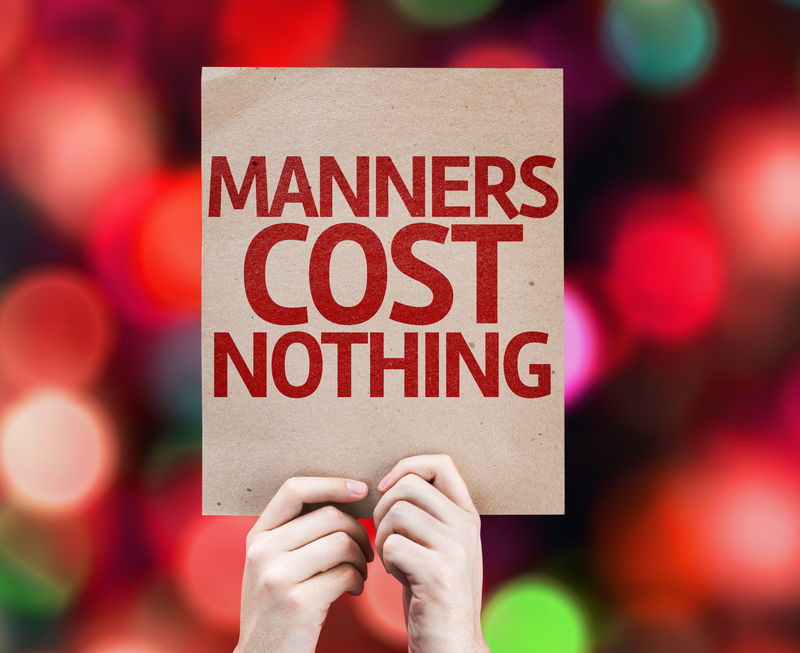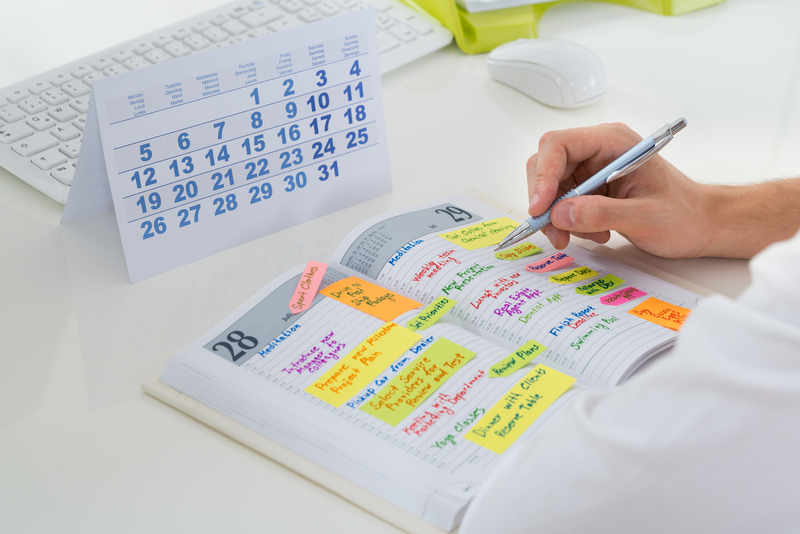Balancing Act: The Challenges of Moving a Piano on Your Own
Posted on 04/06/2025
Balancing Act: The Challenges of Moving a Piano on Your Own
Moving a piano is no ordinary task. This balancing act tests both your physical prowess and logistical acumen. If you have ever contemplated moving a piano by yourself, you already know the task looms large, both in size and in complexity. Piano moving is rife with potential pitfalls that can turn a passionate DIY effort into a costly disaster. This comprehensive article will explore the unique challenges of moving a piano on your own, provide expert tips, and explain why in many cases, hiring professional piano movers is the safest route.
Understanding the Piano: A Delicate Giant
A piano is more than just a heavy object; it is a delicate musical instrument embedded with thousands of intricate parts. Whether it's a massive grand piano or a compact upright model, these instruments combine weight, bulk, and fragility in ways that make relocation extremely tricky.
- Weight: Upright pianos typically weigh between 300 and 500 pounds, while grand pianos can reach up to 1,400 pounds.
- Size: Pianos are bulky and awkward, making them difficult to maneuver through doorways, staircases, and narrow hallways.
- Fragility: Despite their weight, pianos are surprisingly sensitive. A minor bump can throw the entire instrument out of tune, damage the soundboard, or break a key.
Understanding these qualities is the first step in safely moving a piano without professional help.

Why Moving a Piano by Yourself is So Challenging
1. Risk of Damage
The biggest challenge in relocating your own piano is the significant risk of inflicting damage--either to the instrument, your property, or yourself. Even with the utmost care, it's easy to misjudge through tight spots, resulting in scratches, dents, or worse.
- Piano Damage: Moving a piano improperly can damage its internal components. Broken strings, warped soundboards, and bent pedals are expensive to repair and can reduce the instrument's value.
- Property Damage: Accidental bumps may leave dings in drywall, scratch floors, or gouge staircases.
- Physical Injury: Pianos' extreme weight can cause serious back injuries, crush fingers, and lead to slips and falls--especially on steps.
The difficulty of moving a piano alone is compounded by the need for careful planning and precise movements throughout your home or apartment.
2. Proper Equipment is Essential
Attempting to move a piano without specialized equipment is a recipe for disaster. The right tools can make the job safer and protect your cherished instrument.
- Piano Dollies: Heavy-duty, padded platforms on casters facilitate rolling a piano across flat surfaces.
- Straps and Harnesses: Proper lifting straps distribute the weight and provide stabilizing handholds.
- Padding and Blankets: These shield the piano's finish from scratches and dings during transport.
- Ramps and Boards: Navigating steps or loading into a moving truck requires sturdy, slip-resistant ramps.
If you lack access to this equipment, the risk of mishaps increases exponentially. The logistical challenge of piano moving is not to be underestimated.
3. Navigating Obstacles
Every property presents its own set of obstacles. Will you need to move the piano up or down stairs? Are there sharp turns or narrow doorways? Each obstacle amplifies the difficulty, requiring careful measurements and often partial disassembly of the piano.
- Grand pianos may need to have their legs and pedals detached for easier handling.
- Doorways and hallways must be measured in advance to ensure clearance.
- Staircases need to be clear, and additional helpers may be required for balance and safety.
Ignoring these details is a surefire way to invite trouble.
The Step-by-Step Process: How to Move a Piano Safely
If you are determined to proceed with a DIY piano move, you must prepare meticulously. Below is a comprehensive, step-by-step approach to reduce risks and increase the odds of a successful--and injury-free--relocation.
Step 1: Gather Your Team
Don't attempt to move a piano alone. Enlist at least three to five strong helpers with some experience in heavy lifting.
- Brief everyone on the plan and assign clear roles.
- Agree on communication signals while lifting and maneuvering.
Step 2: Acquire the Right Equipment
Renting or buying the proper equipment can make all the difference. Piano dollies, straps, and padding are non-negotiable for safe piano moving.
Step 3: Prepare the Piano
- Close and lock the keyboard lid to protect the keys.
- Remove music stands and other detachable pieces.
- Wrap the body with padded moving blankets and secure with tape or stretch wrap.
Step 4: Clear Your Path
Walk through the entire route in advance, removing any tripping hazards or obstructions. Pay special attention to:
- Low ceilings
- Narrow doorways or hallways
- Rugs or loose cords on floors
Step 5: Lifting and Moving
Position the helpers evenly around the piano, use lifting straps, and follow proper form to avoid injury.
- Bend at the knees, not the waist.
- Lift in unison, using agreed-upon commands.
- Keep the piano as upright as possible to prevent damage to the internal workings.
Step 6: Loading and Transporting
Use ramps for stairs and loading, and ensure the piano is securely fastened in the moving vehicle to avoid jostling during transit.
- Pianos should always be transported last and removed first.
- Secure using straps and wedges if needed.
Step 7: Unloading and Placement
Once at your destination, repeat the careful maneuvering process. Before use, allow the piano to acclimate to room temperature, and strongly consider a professional tuning session.
The Hidden Costs of Moving a Piano Without Professionals
While DIY piano moving may seem economical, there are often hidden--and expensive--costs if anything goes wrong:
- Repair bills for scratched finishes or internal damage
- Medical costs from injuries
- Damage to floors, walls, or stairs at both origin and destination
- Lost sentimental and monetary value if the piano is irreparably damaged
The "savings" can quickly vanish if you need to call a technician or restorer.
Why Professional Piano Movers are Worth Considering
There is a reason why professional piano moving companies exist. Specialists bring:
- Expert knowledge of piano construction and care
- Specialized equipment designed for different piano types
- Insurance coverage to protect your investment
- Years of experience maneuvering through challenging environments
Hiring professional movers not only reduces the risk of damage or injury, but often costs less in the long run, compared with unexpected repair bills and lost time.
Tips for a Successful DIY Piano Move
If you still wish to attempt moving a piano on your own, here are some critical tips to keep in mind:
- Plan ahead: Precise measurement, route planning, and equipment rental must be done well in advance.
- Don't skimp on manpower: The more hands, the safer the process.
- Dress appropriately: Wear sturdy gloves and closed-toe shoes with good grip.
- Take breaks: Don't rush. Tiredness increases the chance of slips and mistakes.
- Consider professional help for stairs: Most injuries and accidents occur during stair navigation.

The Bottom Line: Is Moving a Piano by Yourself Worth the Risk?
Ultimately, the challenges of moving a piano yourself are not just about physical strength, but preparation, technique, and patience. The risks to your prized instrument, your property, and your health make professional movers appealing for a reason.
However, if you are determined to attempt this balancing act, remember:
- Never underestimate the piano's weight or fragility.
- Invest in quality moving tools and plenty of help.
- Take every step slowly and methodically.
- Prioritize safety above all else.
Conclusion: Weighing the Decision
Moving a piano on your own is a formidable challenge--one that demands respect for the instrument and the complexities involved. For many, the peace of mind and security offered by professional piano movers far outweigh the perceived cost savings of DIY efforts.
Before lifting a finger, consider your physical capabilities, access to proper equipment, and the true value of your piano. Sometimes the smartest balancing act is knowing when to trust the experts, preserving both your treasured instrument and your own well-being.
If you must tackle a piano move yourself, arm yourself with knowledge, gather the right gear, and approach the task with care. Remember, in the world of piano moving, balance is everything.



